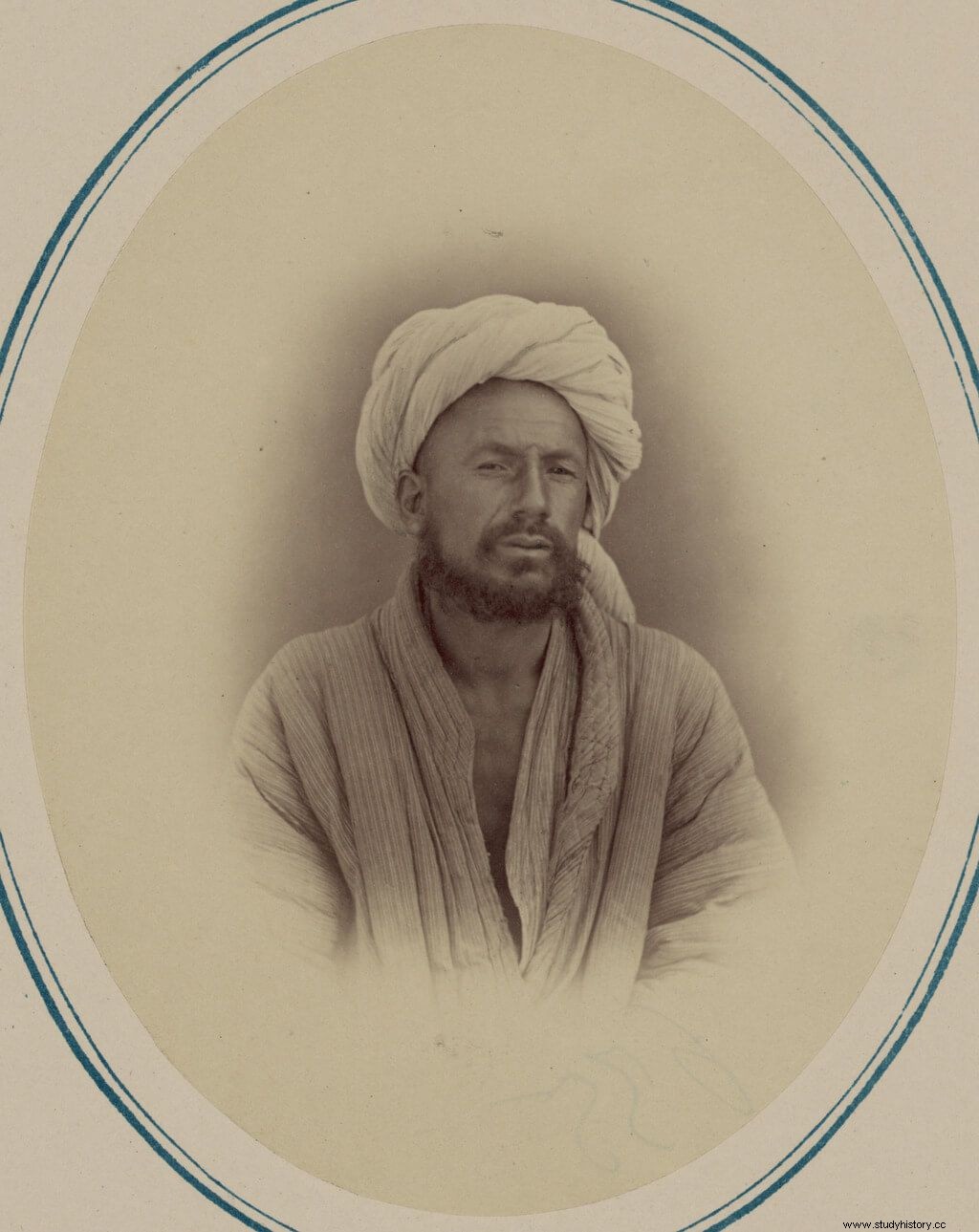
According to Professor Andrew Gunter Frank, Central Asia was an important link between different parts of the East and between it and Europe , in addition to defining the region as the most important in Asia. However, from the 16th century to the first half of the 19th century, political, socio-economic and cultural relations suffered great instability in Central Asia, and periods of relative growth were followed by periods of recession.
The Bukhara Khanate
At the end of the 15th century, the empire created by Tamerlane broke up into several small domains. In the middle of the 16th century, Abdullah Khan II (1557-1598) managed to unite them under his suzerainty and chose Bukhara as his capital , for which the new state received the name of Bukhara Khanate. During his reign, craft production and trade, both domestic and international, grew remarkably. However, already in the 18th century, the situation changed and the weakening of the State was taken advantage of by the Shah of Persia, Nadir Afshar, who in 1740 captured Bukhara and was recognized as supreme sovereign of the khanate, which, until Nadir's death Shah in 1747, was considered a dependent vassal of Persia.
In 1753, Amir Muhammad Rajim took the throne of Bukhara and founded the Mangit dynasty, which lasted until 1920. Rajim Bey achieved independence and led an active centralizing policy in the one that replaced the powerful emirs with representatives of the middle classes of the population. In 1785 the most important atalik [N. from T.:originally, tutors or viziers of the Bukhara khanes] of the emirate was Sah Murad, who officially declared himself amir -head of state- and led the struggle for the strengthening of Bukhara. Shah Murad introduced innovations at court, attempted to replace the source of military commanders' income from land exploitation to a monetary base, and re-established the waqf (Islamic economic institution by which land and other means of production are ceded by the janes or private donors in perpetuity for the financing of religious and charitable organizations and that, due to previous political instability, had been lost).
Sah Murad organized repeated campaigns against Persia and Afghanistan. Despite the strengthening of state power, the process of consolidation was hampered by frequent military actions led by the rulers of the khanates of Joqand and Khiva, and by different insurrections, one of the most virulent was the revolt of the Kitay-Kipchaks . For several centuries, Bukhara was considered the center of Islamic learning and a place of pilgrimage for all of Central Asia, including the Kazakh Khaganate.
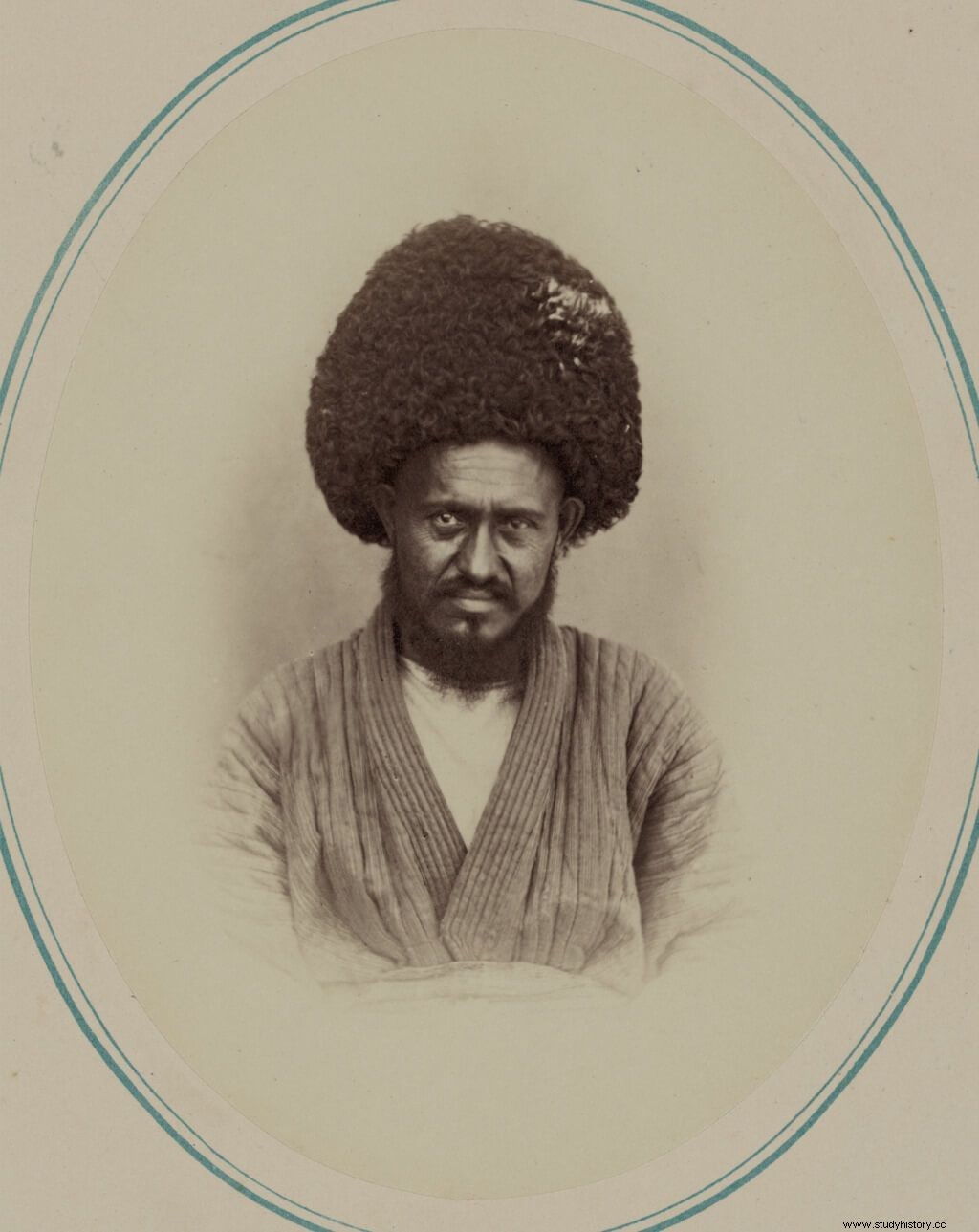
The Khanate of Khiva
From 1511 Khorasmia was ruled by the Turko-Mongolian dynasty of the Shaybanids, and in 1556 Avanesh Khan chose Khiva as his capital, whose importance experienced a radical increase. In the late 16th and early 17th centuries, due to the changing course of the Amu Darya River and the gradual impoverishment of life in Urgench (now Kunya-Urgench), many of its residents were forced to leave the city and settle 30 km from Khiva, where a new Urgench was raised. The advantageous geographical location of the new population ensured its growth as the industrial and commercial center of Central Asia, which, in turn, influenced the subsequent take-off of Khiva.
In the early 17th century the khanate enjoyed relative political stability. The structure of public administration was transformed and tribal chiefs, called beks, were placed at the head of specific posts. . Later the economy in rural and urban areas received special attention from the inak ("Prime Minister") Muhammad Amin, of the Kungrad tribe, the de facto governor of the Khanate since 1763. Muhammad Amin Inak became the forerunner of the Kungrad dynasty, which lasted until 1920. During the history of the Khiva Khanate, the inaks They had a great weight, since they were important dignitaries and had a decisive influence when choosing the janes. Muhammad Amin Inak, who had begun running the state on behalf of the Gengiskanids, who by the 18th century had lost much of their influence, rose up against them and overthrew the Khans. Muhammad Amin advocated the unification of the various areas into a single state after securing the political support of the Turkmen tribes, which invigorated their mutual trade ties and made it possible for the Turkmen to enter the Khiva army.
In 1804, Eltuzar officially accepted the title of jan and his brother, Muhammad Rahim I (1806-1825), managed to unite other possessions under his suzerainty and founded and directed the Supreme Court to discuss matters of state . The Court was made up of high-ranking officials and representatives of Uzbek tribes. He also carried out a tax reform and established customs offices.
In the 18th century, with the construction of the Russian fortified lines around Orenburg, the Khiva Khanate directly bordered Russia. Since then, political and economic relations between the two countries have intensified significantly . The needs of the economic development of the khanate led to the need to strengthen and centralize the state. However, during the second half of the 19th century, Khorasmia again suffered from a series of internecine wars.
The Joqand Khanate
The Joqand khanate had a prominent position in the political arena of Central Asia. The fundamental cause of this emergency was the profound decline in the political and socio-economic life of the Bukhara khanate , of which it was part, between the end of the 17th century and the beginning of the 18th. The separation of Joqand from Bukhara in 1709 contributed to the compaction of its territory and increased economic independence of the Fergana Valley. The khanate controlled the territory north of the Ferganá, from Namangan to Pansadgazi. Its first ruler was Shahrukh Bey (1709-1721/22), and during the reign of his son, Abdurahim Bey (1722-1733), the khanate's territory was significantly expanded, while later Ardona Bey (1751-1769) and Norbuta Bey (1770-1798) led strengthening policies. Under the government of the latter, a relative socio-economic development was observed; the network of irrigation canals was extended and various public buildings were erected. The expansion of internal trade was boosted by the introduction of small copper coins, called pul .
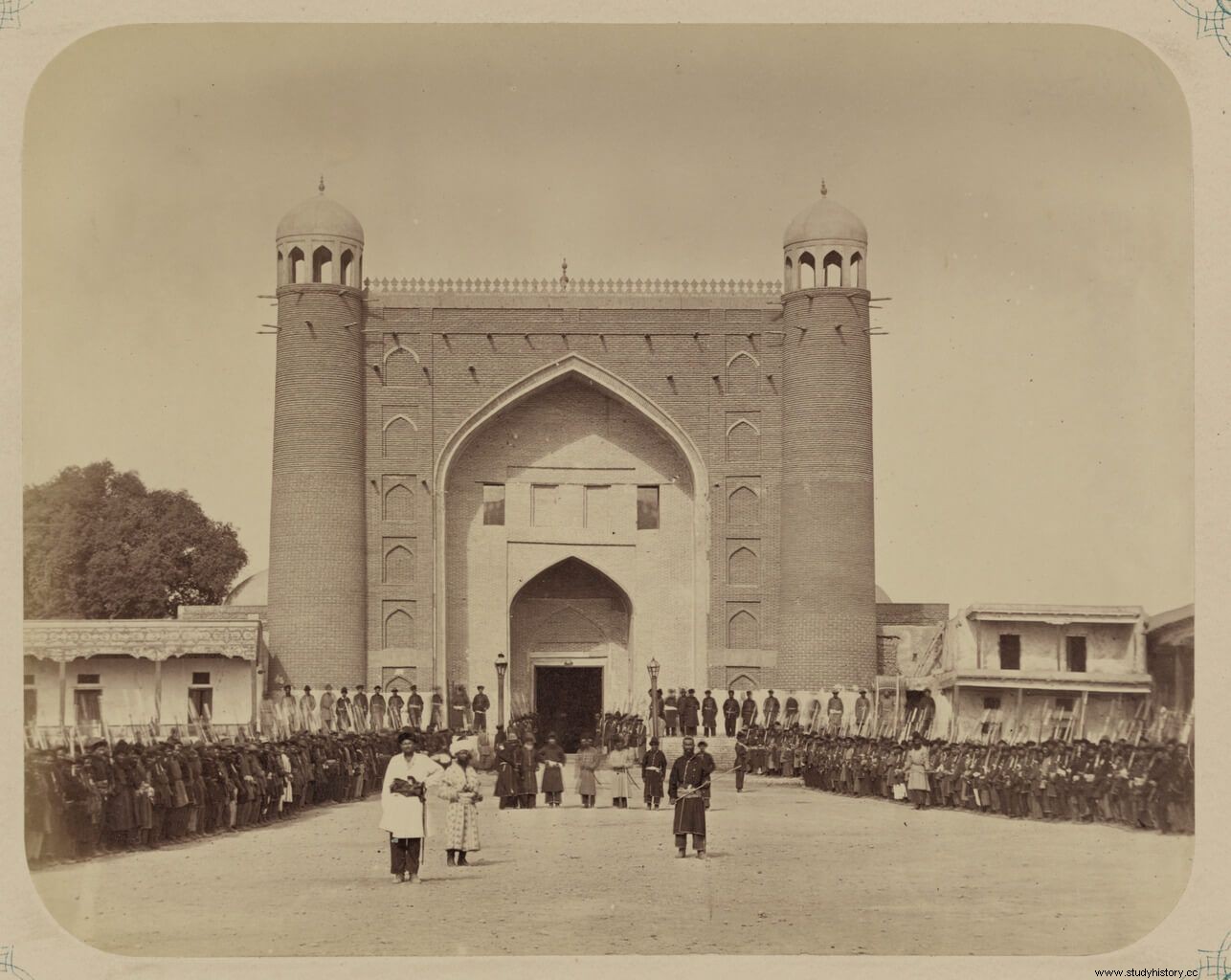
During the reign of Olim Bek (1800-1810 ) new policies for the expansion of the khanate were carried out and, with the help of mercenaries, it subjugated Chimkent, Sairam (1810), the Angren oasis and the entire Tashkent region (1809). In 1805 Olim Bek adopted the title of khan, from which time Joqand was officially called a khanate. The same expansion policies were followed during the reigns of Umar Khan (1810-1822) and Muhammad Ali Khan (1822-1841). Socio-economic life in this period was characterized by high development and a series of activities aimed at promoting the economy were carried out, such as the extension of the network of irrigation canals.
However, Muhammad Ali Khan was unable to organize any opposition to the onslaught of the troops of the Emir of Bukhara, Nasrallah, who decreed his death in Joqand.
The rule of the next khan, Judoyar Jan, a minor, would be characterized by the prominence of Musulmonkul Mingboshi, his regent. During his reign, marked by violence, there were different changes of rulers to the point that Judoyar himself occupied the throne three times. In the mid-19th century, an internal and external decline in khanate trade began, largely explained by the aforementioned circumstances.
International Relations of the Khanates of Central Asia
The khanates of Bukhara, Khiva and Joqand maintained close diplomatic relations with many neighboring states. During the reign of Abdullah Khan II, the internal and external trade of the Bukhara Khanate further developed, strengthening economic ties with the populations of the Kazakh steppe, Yarkand, the Mughal and Ottoman empires, and the Russian Tsardom.
It should be noted that Abdullah Khan II paid special attention to relations with the Kazakh khanate, which had a notable positive impact on the foreign policy and economic relations of the Bukhara khanate. The oasis city of Yarkand was the connecting link for trade with China, where their caravans stopped before entering Transoxania and from there continuing west.
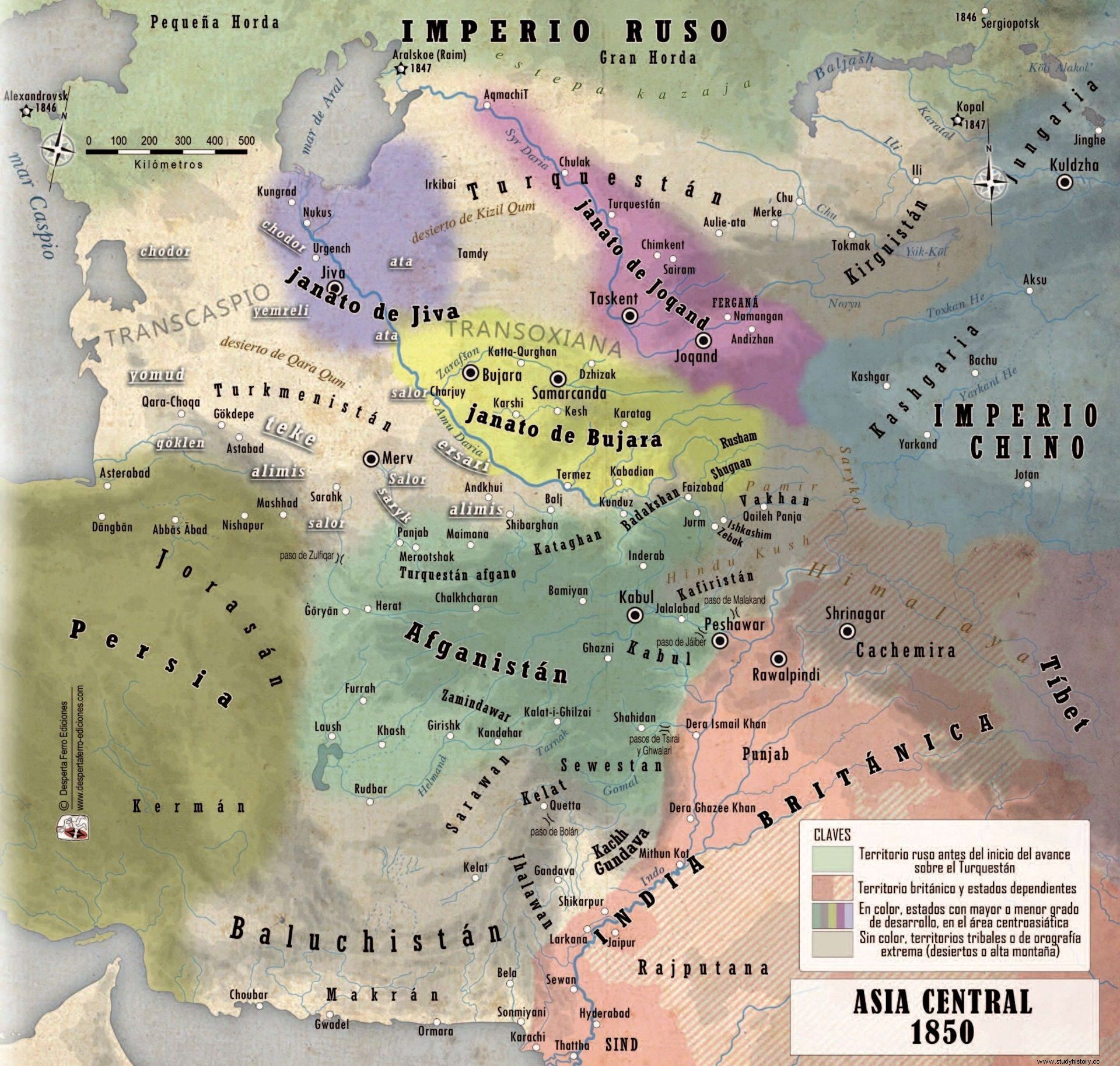
The Joqand khanate also maintained intense political and diplomatic relations with Eastern Turkestan and China. Relations between the parties were very complicated at times, and even among researchers there is an impression that Joqand was under the influence or even vassalage of China , a hypothesis refuted by the renowned Uzbek scholar A. Khodjaev based on a detailed study of the sources. An important achievement of the khanate was the organization of a management institution, the aksakals of Joqand in eastern Turkestan, designed to, as a consular service, solve the task of strengthening the influence of the khanate in this territory.
In the Khiva khanate the direction of foreign policy was strengthened during the rule of the Shaybanid dynasty (1511-1770) in Khorasmia. Khiva's political relations with Persia were based on personal meetings between their leaders, exchange of embassies, military alliances and nuptial agreements.
From the 16th to the 19th centuries, European countries showed a special interest in Central Asia but the main obstacle in the way of the cooperation of the countries of the region with Europe was the lack of direct political contacts and lines of communication and transport, for which there were an increasing number of missions, whose main objective was to find routes commercial.
Since the 16th century in Central Asia a gradual and growing influence of Russia was felt after the conquest of the khanates of Kazan and Astrakhan and of Siberia. Its limits extended to the Caspian Sea and the territory of present-day Kazakhstan. Russia's interest in establishing trade and diplomatic relations with Khiva and Bukhara had far-reaching political goals. Under Ivan IV and Abdullah Khan an intense exchange of embassies began, which continued in subsequent periods.
It should be noted that until the last quarter of the 17th century Merchants from Central Asia were the intermediaries of trade between Russia and China. Through Balkh, Bukhara and Khiva, products from India (tea, precious stones, pearls, spices, etc.) reached Russia.
After the disaster of the military expedition commanded by A. Bekovich-Cherkassky (1714-1717) against Khiva, the Russian Government sent an embassy to Bukhara (1721), headed by the Italian Florio Beneveni, with the mission of collecting information, detecting gold deposits, carrying out topographical studies, gathering cartographic data, etc. The construction of the lines of fortifications of Orenburg and Siberia outlined the political-military objectives of Russia towards Central Asia.
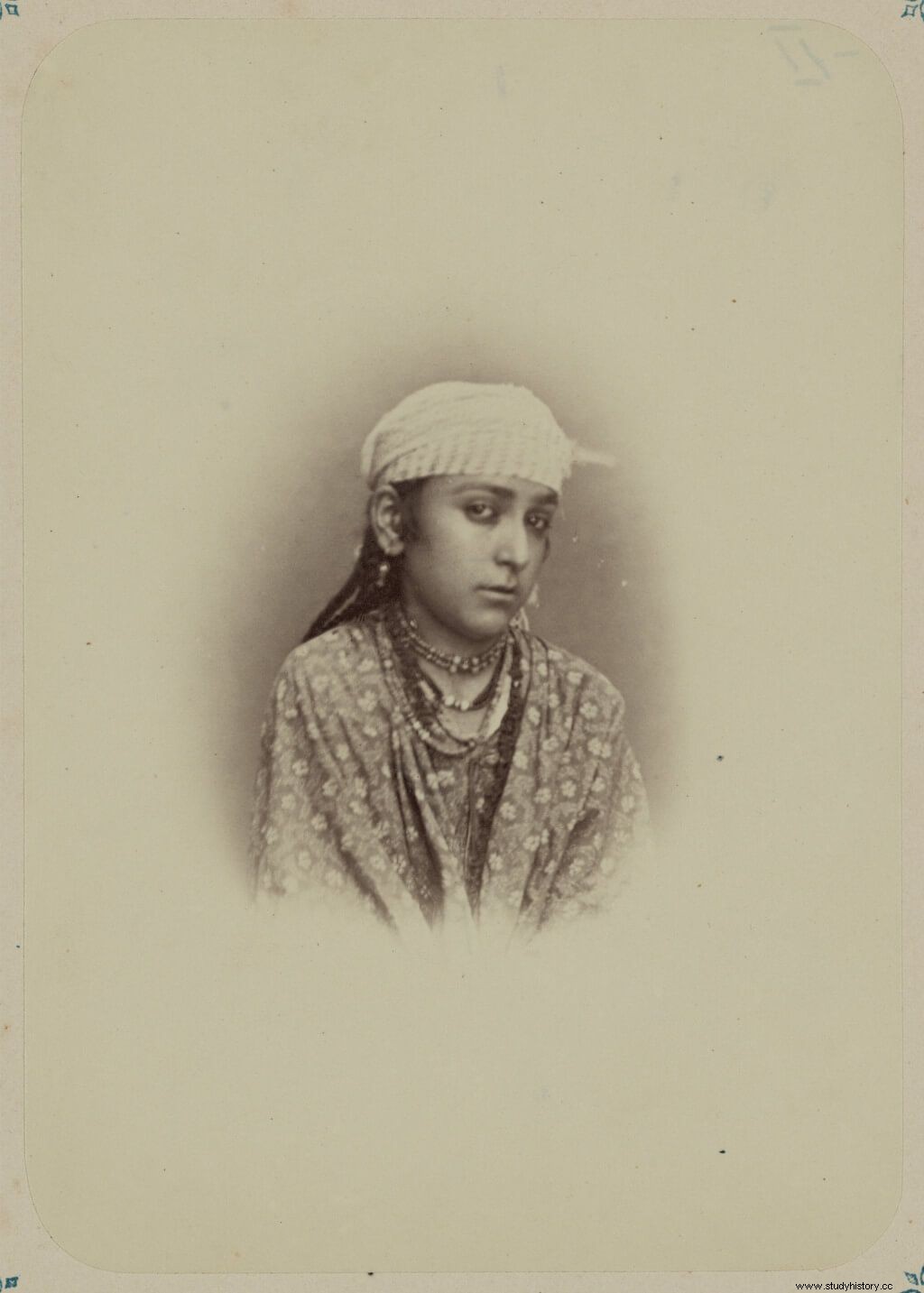
The conquest of Central Asia by Tsarist Russia
During the 19th and early 20th centuries world history suffered from various contradictions and a drastic intensification of colonial interests of the most important countries:Great Britain, Germany, France and Russia. The 19th century also witnessed important political and geostrategic changes in Central Asia, caused by a complex series of internal and external factors, among which the politics of Russia and Great Britain stand out. Since the second half of the 19th century, the region became a target of the military expansion of tsarist Russia , which between 1867 and 1917 managed to establish its complete political hegemony. Due to the political fragmentation of the Central Asian khanates, in the middle of the 19th century, the Russian Empire began to occupy fortresses and cities – Aqmachit (now Kzyl-Orda), Turkestan, Chimkent, Tashkent and others – and the conquered territory was unified in 1867 under the Governorate General of Turkestan.
In 1868, at the initiative of the Governor General, K. P. von Kaufman, an agreement was signed with the sovereign of Joqand, Judoyar Jan, which resulted in the establishment of peaceful relations until 1875 However, as a result of internal conflicts in the khanate, an uprising against Judoyar began in 1873, which, in August 1875, became a national liberation movement. Kaufman ordered the suppression of the uprising through the occupation of the khanate and, by decree of the tsar, on February 19, 1876 the khanate was abolished and the Fergana region was established, which was annexed to the General Governorate of Turkestan.
Previously, in 1868, after the defeat that the Russian army inflicted on the forces of the Emir of Bukhara, a peace treaty was signed, and in 1873 in Shakhrisabz a new agreement between both parties that consolidated the subordination of Bukhara, which lost its right to carry out an independent foreign policy.
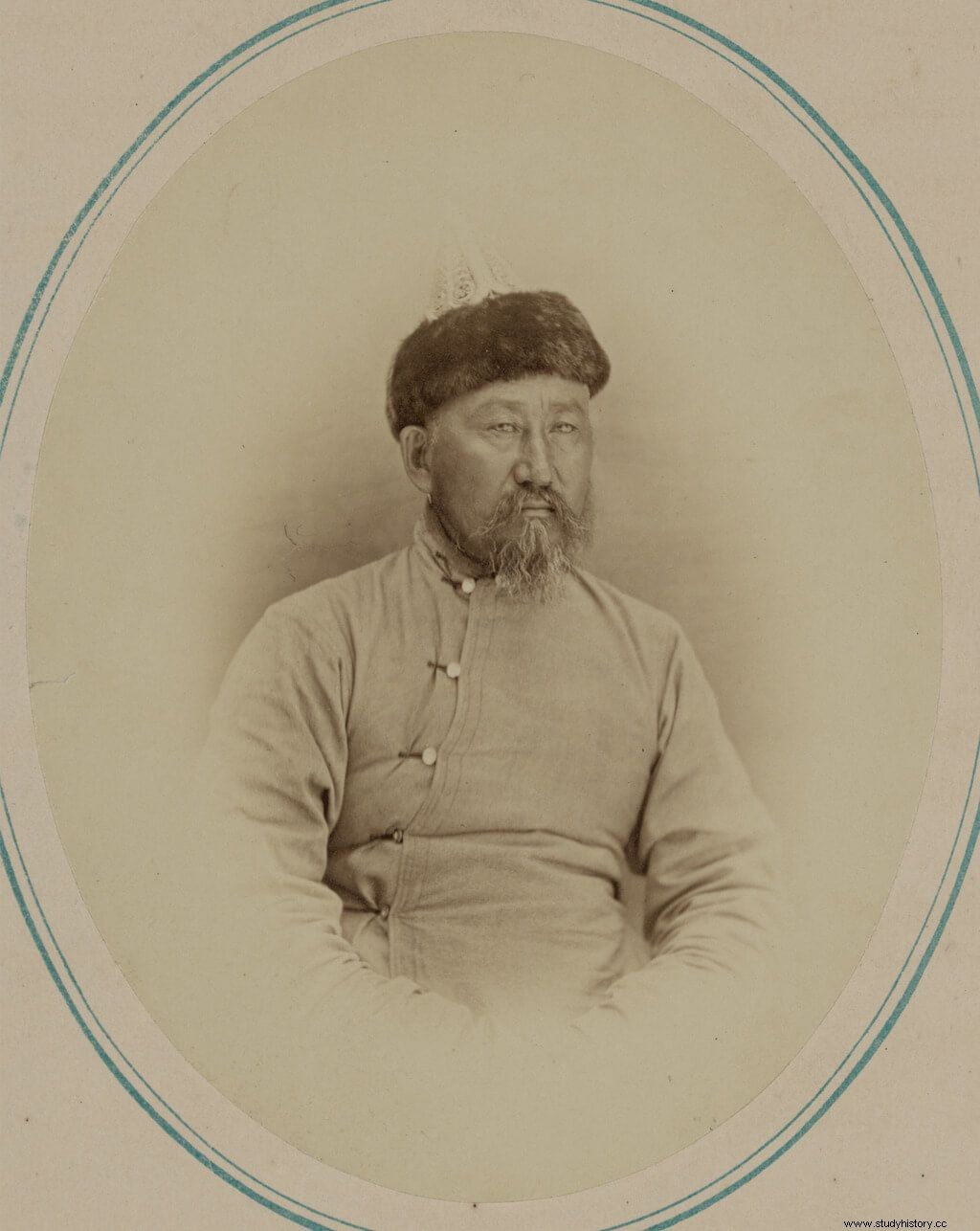
During the process of conquest of Asia Central by the Russian Empire, a favorable international situation was necessary since Great Britain, Russia's opponent, was particularly concerned about the actions of this . In particular, Britain sent messengers to the Khan of Khiva to warn of the possibility that Russian troops might try to capture the khanate. In 1872 the meeting of the emperors of Germany, Austria-Hungary and Russia was held and the following year they signed an alliance that included a clause by which each signatory undertook to raise an army of 200,000 if any of the others suffered attack of other powers. This alliance guaranteed Russia the support of Germany and Austria-Hungary if there was a conflict with Great Britain in Central Asia. Although in the personal message of Tsar Alexander II, delivered in 1872 by his diplomatic representative P. A. Shuvalov to the British Government, he seemed to promise not to include Khiva among his claims, the following year the khanate became subordinate to Russia, and as a result of the agreement signed In August 1873, the Khan of Khiva recognized his dependence on Russia and refused to establish direct relations with third countries or sign new agreements without Russia's consent.
Tsarist Russia's military actions between 1860 and 1880 were followed by the establishment of a colonial regime. In July 1867, the laws organizing the General Governorate of Turkestan as part of the Russian Empire were published. Decision-making regarding all political, border, commercial matters, which included sending delegates to other countries, came to be controlled by Von Kaufman. Thus, the supervision and decision of issues regarding the protectorate over the Khaganate of Khiva and the Emirate of Bukhara and the connection of other countries of Asia were assigned to the office of the Governor General. Special powers were granted to the commanding officers of the Zarafshan district and the Amu Darya division in their border relations with Bukhara and Khiva respectively. Since 1899 all aspects of international politics in Turkestan were placed under the control of the Russian Ministry of Foreign Affairs.
The Anglo-Russian Rivalry:The Great Game
The geopolitical and economic importance of Central Asia was the reason that led to the political rivalry of Russia and Great Britain in the region and the inclusion of several neighboring countries in the process, among them Turkey, Persia, Afghanistan and China. Tsarist Russia justified the expansion of its sphere of power in Central Asia in the first place by the need to develop its commercial relations . Britain, on the other hand, opposed the Russian policy that "threatened India." However, during the 19th century both empires clearly pursued the goal of establishing political-military domination over Central Asia.
The theoretical-methodological basis of the geopolitical intentions of Great Britain in different parts of the world was formulated by representatives of different sciences and disciplines. Among them stood out the British geographer Halford Mackinder, who made an enormous contribution to the development of world geopolitics. Mackinder called Central Asia the Heartland of the world, whose control was considered the basis of world domination. Mackinder developed and put into practice the "Pivot Area" theory, also called the "Cardial Region" theory.
The Russian Empire, in turn, also sought to expand its political, military and economic influence in the vast Eurasian space.
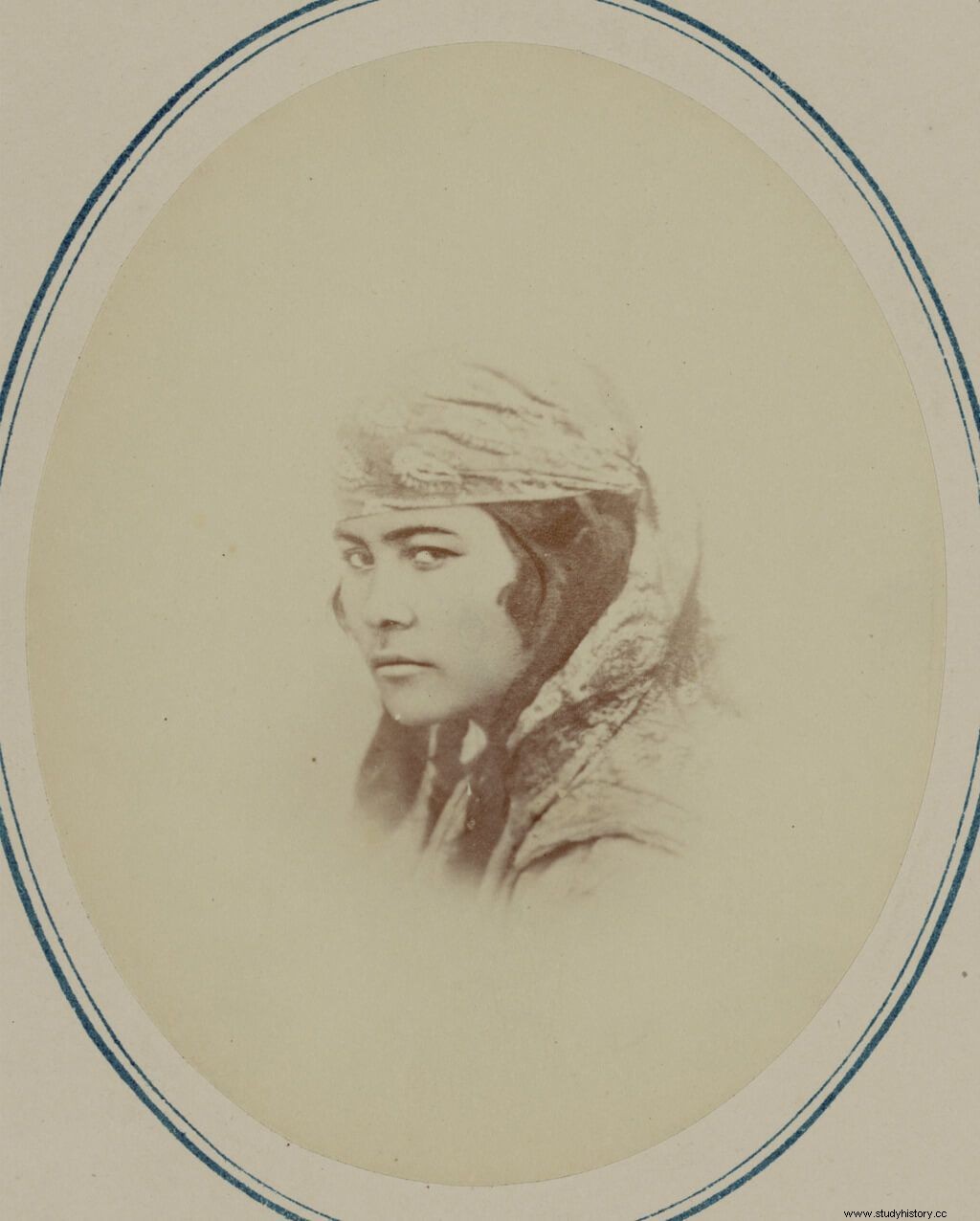
During the nineteenth century, in the context of the geopolitical interests of Russia and Great Britain, Afghanistan, which had been unified between 1820 and 1830 under the government of the emir of Kabul, Dost Muhammad, began to have more and more weight. On the one hand, London saw in Afghanistan, bordering the Northwest border of British India, a potential market for its products and, in addition, the country was on the trade routes with Central Asia and Khurasan. A strong position in Afghanistan would provide a link between British India and Central Asian markets. On the other hand, in London the possibility of Afghanistan being geopolitically a buffer state in the confines of British India and as a base for future colonial expansion in Central Asia was discussed. According to Russian scholars N. Kinyapina, M. Bliev and V. Degoev, Russia had tried to strengthen her position in the region and prevent Britain from dominating Afghanistan.
Despite the fact that Russia and Great Britain were opponents, according to H. Inglr, both had active diplomatic negotiations on various aspects of international relations in general and in Central Asia in particular. Thus, both parties advocated a peaceful solution to the disputes between Persia and the Khiva Khanate during the 1840s, a rapprochement conditioned by the First Anglo-Afghan War (1831-1841) that led to the withdrawal of the British army from Afghanistan and the the conclusion of a peace treaty between the two parties. However, according to Russian historians, it was understood in Russian military circles that the Empire could deal a serious blow to Britain in the region, as evidenced by numerous letters and reports addressed to high-ranking administrative and military officials.
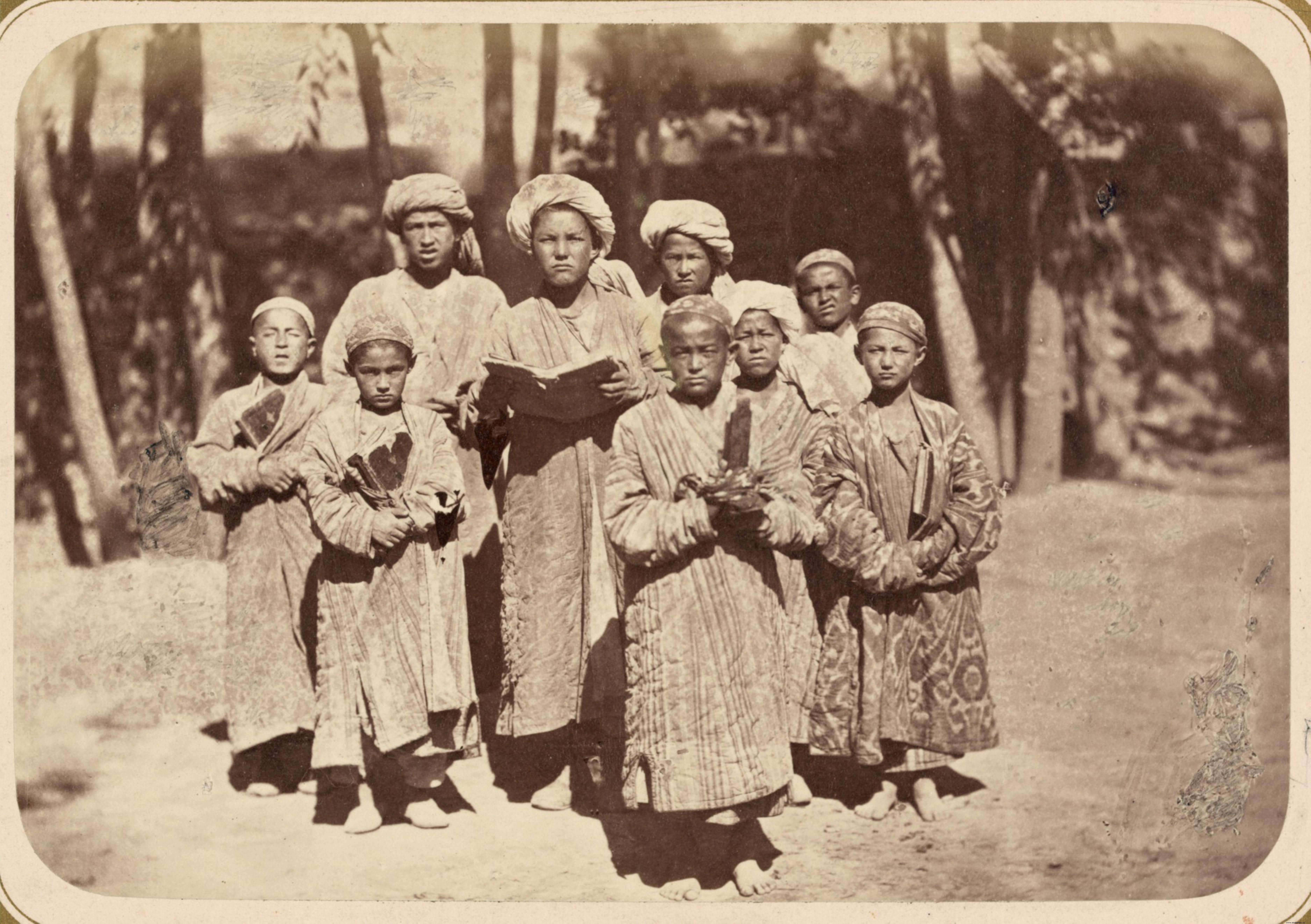
Therefore, a senior official from the Ministry of Russian Foreign Affairs, I. Ignatiev, wrote that “…the position of Russia and Great Britain in Asia will depend on our assessment at the world level”. The British researcher D. Gillard considers that the main objective promoted by Russia in Central Asia was to create a potential threat to India.; Thus, in the event that a situation such as the one that had led to the Crimean War (1854-1856) arose in Europe, the security of its colonies could discourage London from any desire for war.
Several Soviet researchers, based on the ideology of their time, affirmed that there was a “Russian threat” on India . Numerous events allow us to say that Russia's agenda included plans for India, both in economic and political terms. Specifically, during the 19th century Russia made several attempts to establish an alliance with France with the aim of carrying out joint actions in relation to the subcontinent.
In 1873, Russia and Great Britain agreed to recognize the independence of Afghanistan, but London believed that Afghanistan would become their protectorate while in Saint Petersburg they hoped that the agreement made Afghanistan a "neutral zone" . The situation deteriorated again, and those who advocated an active policy towards Afghanistan in St. Petersburg and London put increasing pressure on trade and economic hegemony in the country. Saint Petersburg tried to intercept London's initiative in Afghanistan, so in 1878 it sent a special mission to Kabul under the command of General N. Stoletov with the proposal that the new emir, Sher Ali, accept Russian patronage.
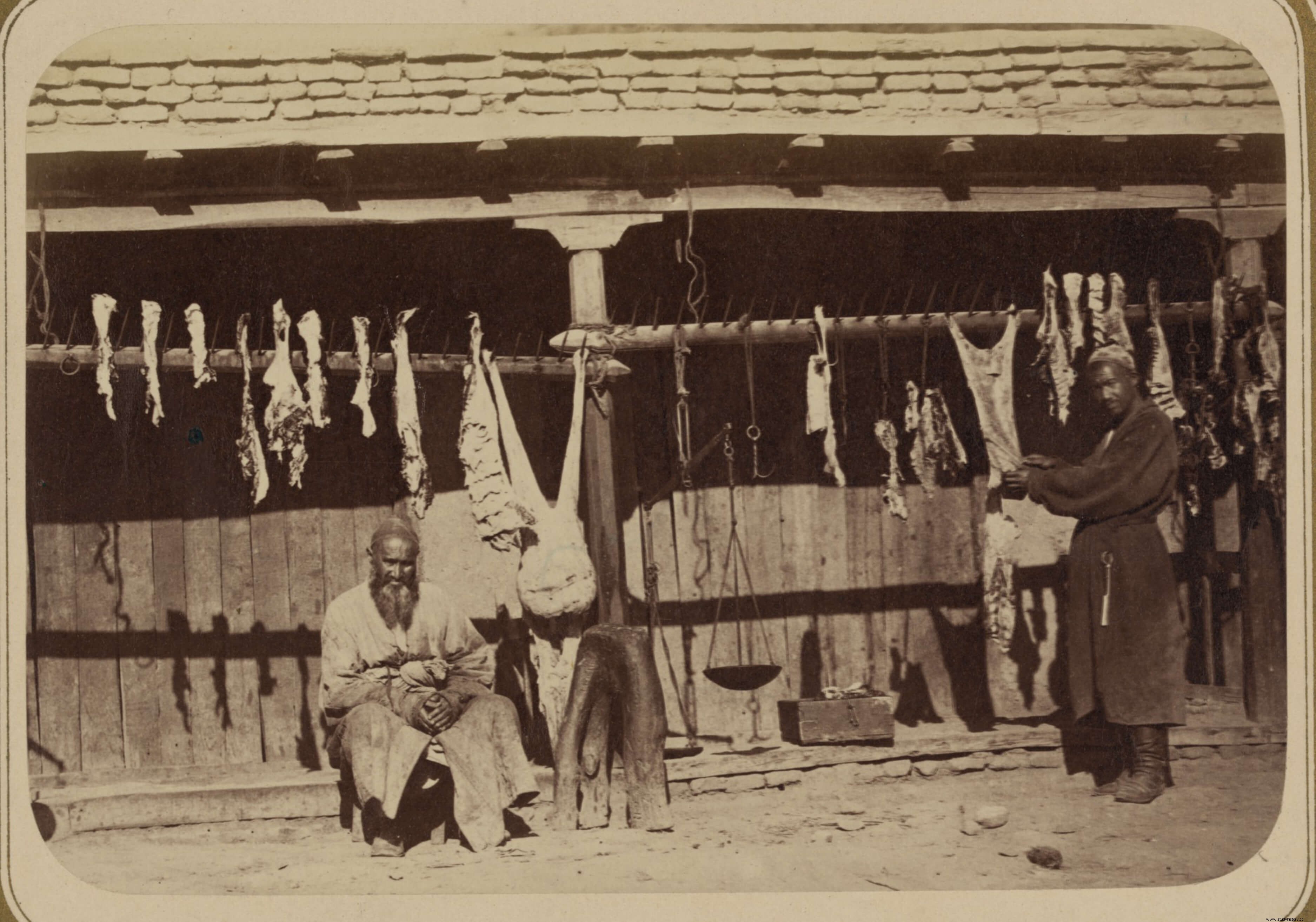
The emir was in favor of the idea of the union with Russia, but the British Government in response considered it necessary to send troops to Afghanistan , which occupied three key passes in the Hindu Kush mountain range, near the border with India. Sher Ali secretly fled from Kabul, so the throne passed to his son, Yakub Jan, who was forced by the viceroy of India, Lord Lytton, to sign the Treaty of Gandamak on May 26, 1879, very beneficial for British interests. In early October of the same year, Afghan soldiers revolted and annihilated the British mission in Kabul, and the Second Afghan War continued under the leadership of Sher Ali's nephew, Abdur Rahman.
At the same time as these events were taking place, Russia captured the oasis of Akhal-Teke and in January 1881, after a long and bitter siege, the fortress of Gökdepe (or Geok-Tepe). Having conquered the territory occupied by the Turkmen tribes, Russia practically had the opportunity to control the route from the Caucasus to Central Asia. At the same time he began to agree with the shah of Persia the delimitation of the borders between both parties. As mediator was chosen the representative of Great Britain, who had to face difficult secret negotiations. As a result of these, in 1881, the agreement was signed to delimit the borders between Russia and Persia to the east of the Caspian Sea.
In the early 1880s, a significant part of Afghanistan was occupied by British forces, and an agreement was concluded between Emir Ali Abdur Rahman and the representative of Great Britain, by which the British Government maintained control over the foreign policy of Afghanistan . However, from 1882 to 1891, Ali Abdur Rahman, with the political and military support of London, managed to take possession of the small states of Shugnan, Rushan, Vakhán, Zebak and Ishkashim in the Pamir range. At the same time, Russia also intensified its action in the Pamirs, so that in 1891 its eastern part was annexed and included in the Fergana region, while the western part, with the approval of Saint Petersburg, was conquered by the Emirate of Bukhara, vassal of Russia.
In Great Britain, the need to improve relations with Russia began to become clear. So, in 1887, Prime Minister Salisbury, in a parliamentary session, stated that there was enough room in Asia for the Russians and the British . Thus began a new round of talks between the two sides regarding Afghanistan. Following negotiations in London in 1885, an agreement was reached to delimit the northwestern border of Afghanistan. In 1887 a final protocol was signed establishing the Russo-Afghan border from Gerirud in the west to Amu Darya in the east and from Lake Zorkul, located parallel to the Hindu Kush, to Kashgaria.
The agreement included the establishment of a neutral territory between the Russian possessions in the Pamirs and the British in India, the so-called Vakhan corridor, which was given back to Afghanistan. Therefore, the limit of the Russian sphere of influence with Afghanistan was established from the Panj River to Lake Zorkul and beyond to the Hindu Kush to the possessions of the Qing Empire, and in the Pamirs, on the border with China, kept in the foothills of Sarykol. The status of Afghanistan in relations between Russia and Great Britain was finally determined by the Anglo-Russian Convention of 1907, according to which Russia officially recognized the political primacy of Great Britain in the country, while preserving the principle of equality of trade .
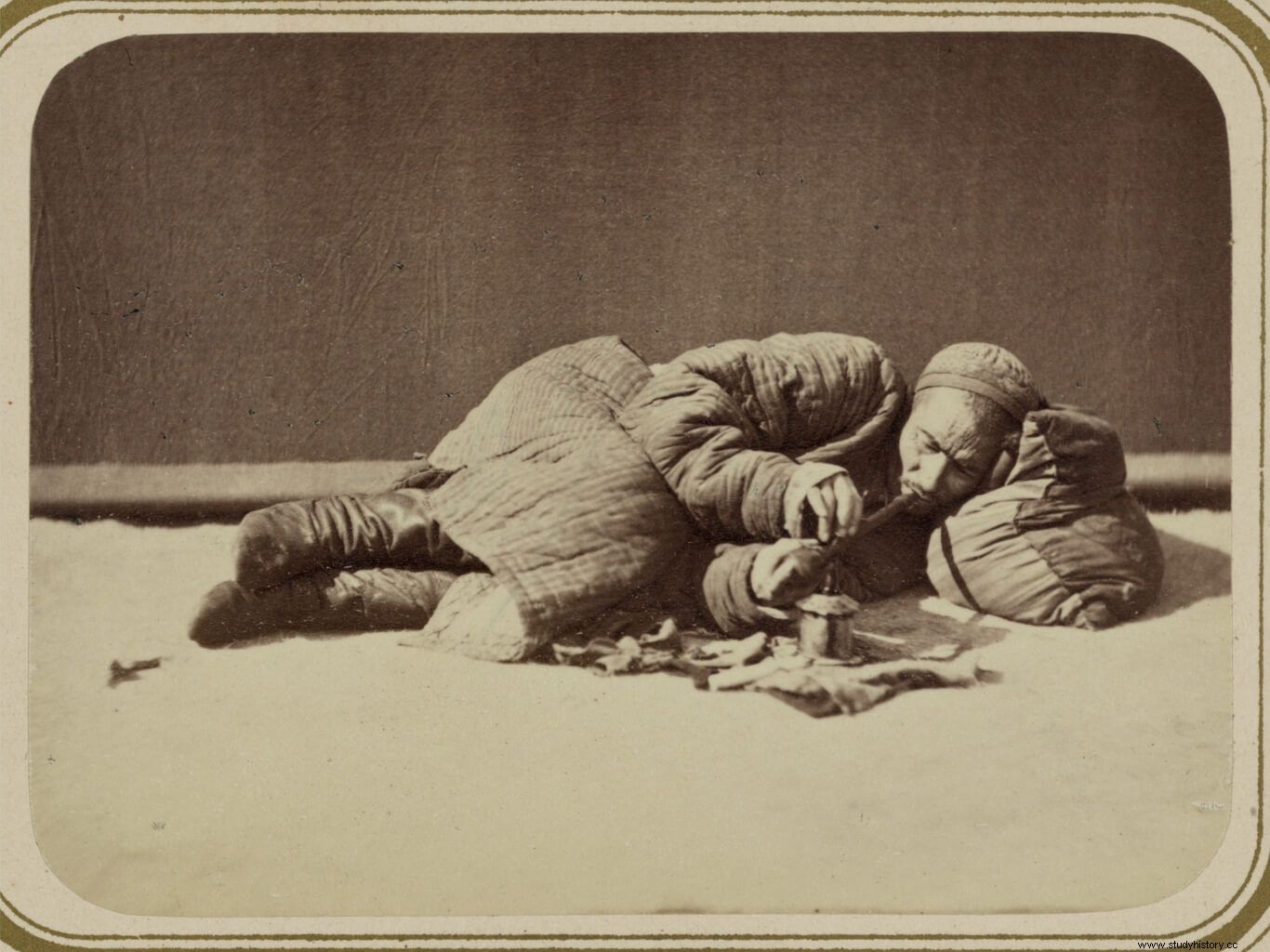
Conclusion
During the 19th and early 20th centuries, the khanates of Central Asia – the states of Bukhara, Khiva and Joqand – underwent a difficult process of transformation that led them to fight for some against others, which was reflected in his domestic and foreign policies. At the same time, Russia and Great Britain carried out an active foreign policy so that they faced each other for the domination of Central Asia through strategic-military, diplomatic, economic and commercial actions, a confrontation that expanded to South Asia and to a broader international context. In the intensification of the contradictions between the parties, the internal political processes of both and the changing regional and international political situations in Central Asia had a significant influence. The inclusion of these Anglo-Russian contradictions is of great importance for the analysis of the modern geopolitics of the great powers in today's Central Asia.
